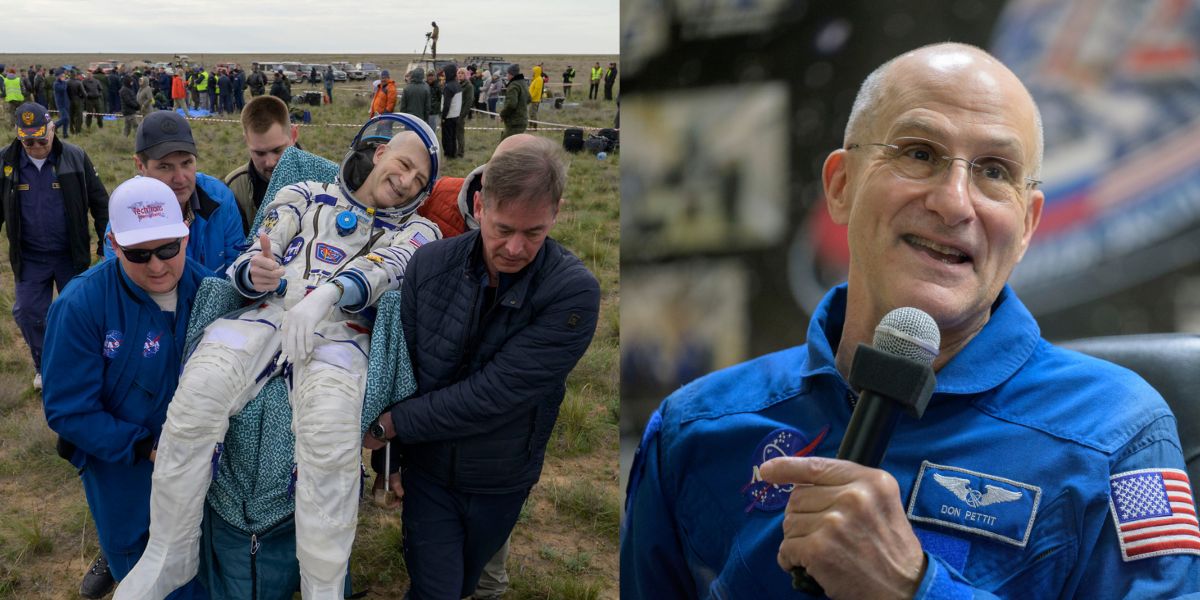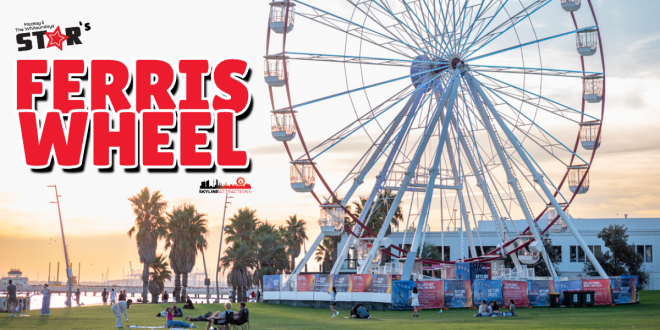NASA’s most seasoned spacefarer, Don Pettit, marked his 70th birthday not with cake and candles but with a bone-rattling landing on the Kazakh steppe after 220 days in orbit. Sharing a Soyuz capsule with Russian cosmonauts Alexey Ovchinin and Ivan Vagner, Pettit’s latest return to Earth wrapped up a journey spanning 3,520 orbits and over 93 million miles, making it his fourth mission and capping 590 days spent in space throughout his career.
A Birthday Descent
Marking his septuagenarian milestone, Pettit’s return was anything but ordinary. The Soyuz MS-26 capsule re-entered Earth’s atmosphere, subjecting its occupants to 4.4 times the force of gravity before landing on the Kazakh steppes. The intense re-entry took a physical toll; Pettit experienced nausea upon landing, a common reaction after prolonged exposure to microgravity.

Sleeping in Space Is “Like Being 30 Again”
In an environment with no weight pressing on joints, space sleep is more than restful, it’s therapeutic. “Sleeping in space is actually quite comfortable,” Pettit shared. “You wake up in the morning and you don’t ache like you do on Earth. You feel like you’re 30 again.” After decades of spaceflight, Pettit has found one of zero gravity’s underrated joys: a good night’s sleep. Free from the usual aches and spinal compression, space became a kind of orbiting recovery zone for the veteran astronaut.
Life in Microgravity
During his time on the ISS, Pettit engaged in various scientific experiments, including studies on water purification, plant growth in microgravity, and fire behavior in space. He also continued his passion for astrophotography, capturing images of auroras, comets, and satellites.
Gravity Returns With a Gut-Punch

Coming back to Earth, though, tells a different story. “It feels like you’ve got a big ol’ gorilla pushing down on you,” Pettit admitted, describing the sensation of Earth’s gravity reasserting itself. The abrupt end to weightlessness is as physical as it is symbolic; after months in microgravity, Pettit’s body, like so many astronauts before him, had to relearn the burdens of balance, blood flow and basic mobility. His first few moments post-landing were marked by nausea, a familiar friend to returning space travellers.

The ISS: A Space Age in Twilight
Pettit’s mission took place aboard the International Space Station, a platform he’s seen evolve over decades. Now, as plans accelerate for its retirement by 2030, he reflects on its enduring value. The ISS has been both a lab and a home, where he conducted science on everything from fire behaviour to plant growth, and even floated blobs of unflavoured gelatin to illustrate physics for audiences back on Earth. “It’s not just about research,” he’s suggested in past interviews; “it’s about showing people what science looks like in the wild.”
The Wilderness of Space
The frontier feel of life in orbit still captivates Pettit. To him, the ISS isn’t a sterile lab but a kind of orbital wilderness outpost; a place of solitude, discipline, and unexpected beauty. “You look out the window and see the Earth turning, auroras dancing, and lightning crawling across continents,” he told Ars Technica. These moments, captured through his long-loved astrophotography hobby, underscore a deeper truth: that human spaceflight isn’t just technical, it’s profoundly human.
“I’m Ready to Do It”
Despite the aches and the years, Pettit isn’t talking retirement. “When the flight docs say I’m ready to go back, I’m ready to do it,” he said, a sentiment that sounds more like an eager recruit than someone who’s just turned 70.
Thoughts on Deorbiting ISS by 2030
The International Space Station, long a symbol of international cooperation and scientific ambition, is facing its twilight years. The ISS cannot be left in orbit indefinitely because its structure is aging and weakening, increasing the risk of uncontrolled break-up or collisions with other objects. Without active maintenance and propulsion, it would eventually fall back to Earth in an unpredictable and hazardous way. Plans are in motion to deorbit the ISS by 2030, bringing an end to a remarkable era in human spaceflight. To execute the deorbit plan, NASA recently awarded SpaceX an $843 million contract to develop the U.S. Deorbit Vehicle, designed to guide the station into a remote part of the Pacific Ocean.
Pettit, who has spent cumulative years aboard the station, reflects on its coming end with a mix of pragmatism and emotion. “We’re going to be deorbiting the most amazing engineering project that humanity has ever made,” he said.









